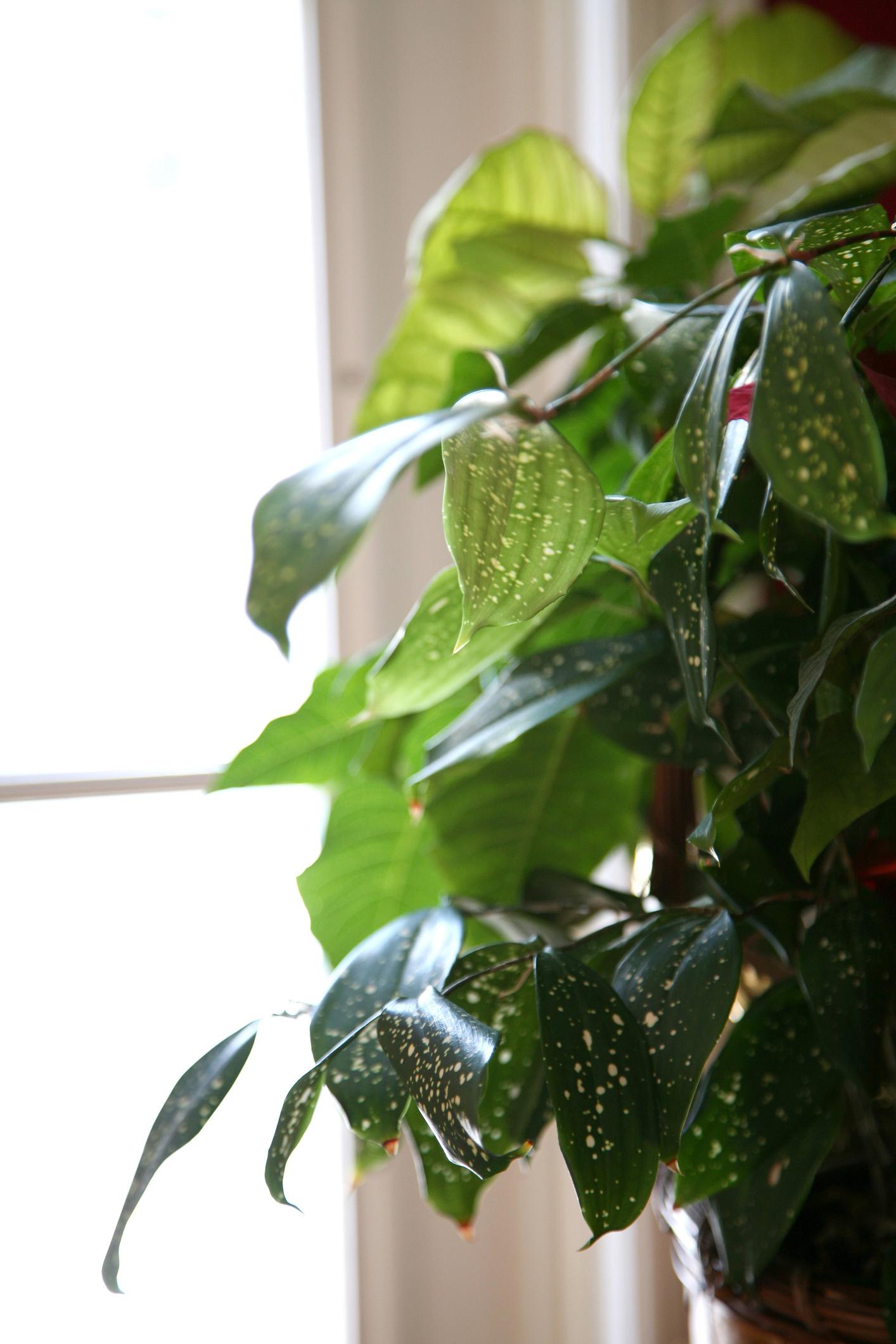A Guide to Propagating Your Plants for Beginners
Published June 9 2021, 10:20 a.m. ET

Longtime plant parents are relatively used to having house guests ask for "cuttings" of their houseplants — and while that clearly means they love your healthy-looking plants, you may have wondered how you would realistically do so, without completely killing your green baby. Luckily, though, propagating plants is simple, and doing so makes for a meaningful and sustainable gift for aspiring plant parents.
Whether you're looking to propagate your plants to make for little sustainable (and cost-efficient!) gifts, or to extend your greenery across your house, we've created a complete beginner's guide to properly propagating your plants. Now you'll be able to share the wealth of greenery — without killing your beloved plant, of course.

Step 1: Select a plant that can be propagated
Some houseplants are more easily propagated than others, which can require some additional experience and plant knowledge. According to PlantoPhiles, the easiest ones to snip and regrow are Pothos Plants, Snake Plants, Spider Plants, ZZ Plants, Pileea Peperiomioides, String of Pearls, String of Bananas, String of Hearts, Moses in the Cradle, Arrowhead Plants, Strawberry Begonias, and Tradescantia pallidas.
Step 2: Gather necessary tools
There are a number of gardening tools you should have on-hand, to ensure you're propagating your plants correctly and effectively. Once you've selected a plant to propagate, Wright Outdoor Solutions recommends investing in some quality potting soil, a few containers or pots, a watering can, and either scissors or a sharp knife. Then, you'll be ready to start snipping.
Step 3: Trimming
Now you'll begin the highly anticipated trimming process, and although it seems somewhat daunting, it really isn't quite as scary as it sounds. According to Clever Bloom, you'll want to start by locating the root node on your plant, which is the base of a bud, leaf, or twig. You'll cut about 1/4-inches below that node, using scissors or a sharp knife, before placing it into a clean glass of water.
Step 4: Rooting
Now your plant should start rooting. Keep in in a room that receives bright yet indirect light, change out the water every three days, and in between, rinse and rub the roots to clean them. It can apparently take several weeks for the roots to sprout, as per Clever Bloom, so make sure you're patient.
Step 5: Potting
As previously mentioned, the time it takes for a plant to root can vary. But according to Missouri Botanical Garden, it will generally take three to four weeks. Once the roots have grown to 2 inches or longer, it will be time to plant your new green baby in soil. Select a pot that has adequate drainage, and you'll be good to go — just remember to water it regularly, and maintain soil moisture.

Although different plants obviously require different trimming processes (don't try this with a Bonsai tree or fiddle leaf fig!), this is the most basic way to propagate any of the above houseplants. Good luck, and hopefully your friends will enjoy this magical and low-impact green gift.